When you are taught the art of Tae Kwon-Do you are basically teaching your body to become a weapon, which you can use to your advantage. The tenets of Tae kwon-do are taught and used as a guide for the moral development of students, and any student who does not fully understand these teachings can never hope to master the true essence of the art.
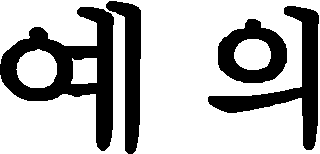
To be polite to one's instructors, seniors and fellow students.
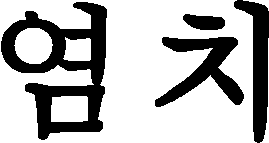
To be honest with oneself. One must be able to distinguish between right and wrong.
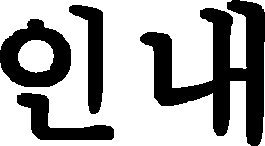
To achieve a goal, whether that goal is a higher grade or a new technique, one must not stop trying; one must persevere.
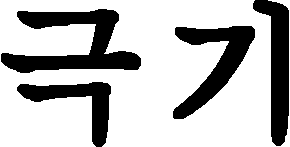
To lose one's temper when performing techniques against an opponent can be very dangerous and shows lack of self-control. To be able to live, work and train within one's capability shows good self-control.

To show courage; when you and your principles are pitted against overwhelming odds.

Signifies innocence,that of the beginning student who has no previous knowledge of Tae Kwon-Do.

Signifies earth,from which a plant sprouts and takes root as the Tae Kwon-Do foundation is being laid.

Signifies the plants growth as Tae Kwon-Do skills begin to develop.

Signifies the heaven towards which the plant matures into a towering tree a as training in Tae Kwon-Do progresses.

Signifies danger,cautioning the student to exercise caution and the opponent to beware.

Opposite to White,signifying the maturity and proficiency in Tae Kwon-Do and also indicates the wearers imperviousness to darkness and fear.

A Pattern is a set of fundamental movements, mainly defence and attack, set in a logical sequence to deal with one or more imaginary opponents. Patterns are an indication of a student's progress - a baramoeter in evaluating an individuals technique.
We practise patterns to improve our Tae Kwon-Do techniques, to develop sparring techniques, to improve flexibility of movement, master body-shifting, develop muscles, balance and breath control. They also enable us to acquire techniques which cannot be obtained from other forms of training.
THE FOLLOWING POINTS SHOULD BE CONSIDERED WHEN PERFORMING PATTERNS
The reason the Interpretation of each pattern is learnt is so the student can draw inspiration from the person or historic event the pattern is named after.
There are 24 patterns in Tae Kwon-Do because Major General Choi Hong Hi compared the life of a man with a day in the life of the earth and said
HERE I LEAVE TAE KWON DO FOR MANKIND
AS A TRACE OF A MAN OF THE LATE 20TH CENTURY.
THE TWENTY FOUR PATTERNS REPRESENT 24 HOURS
ONE DAY OR ALL OF MY LIFE
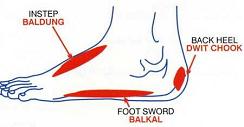
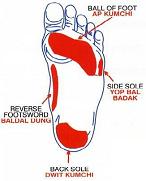
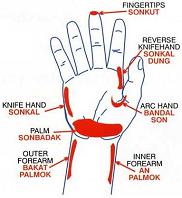
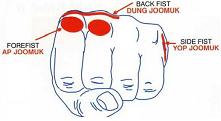

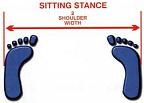

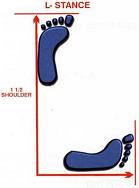
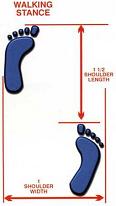
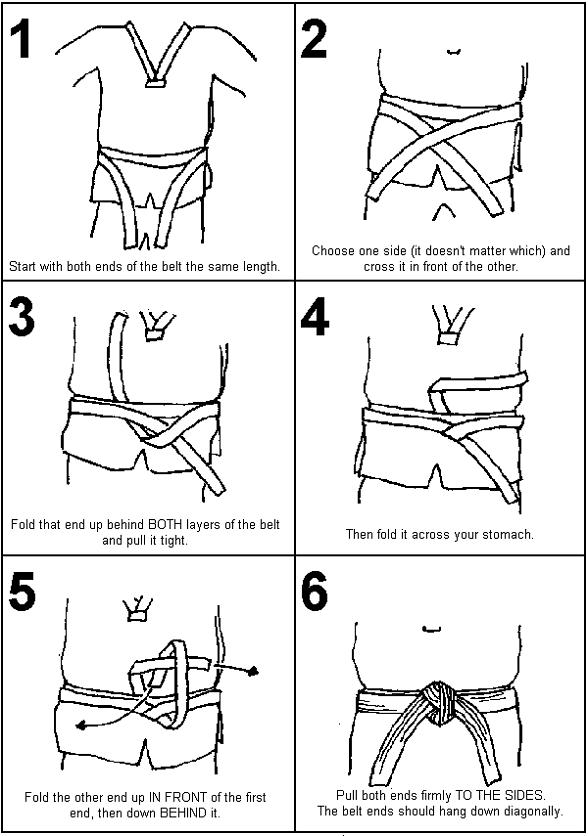
As a student of Tae Kwon Do I do solemnly pledge to abide by the rules and regulations of the Tae Kwon Do Association, to strive always to be modest, courteous and respectful to all members, in particular my seniors, to put the art into use only for self defence or in the defence of the weak and never to abuse my knowledge of the art.